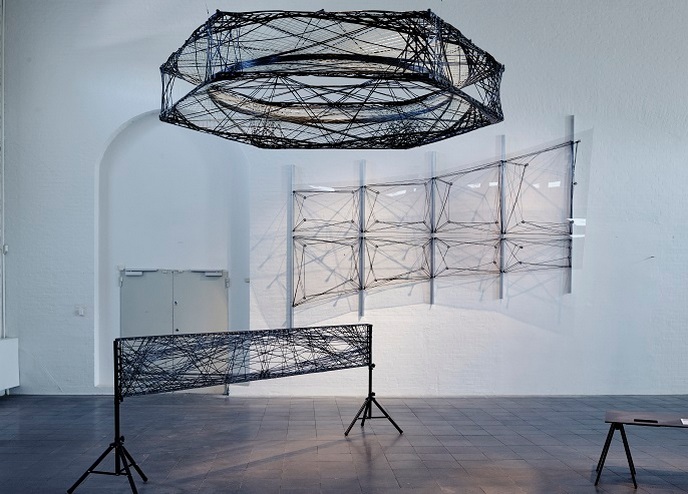Rethinking architecture in the digital era to bring real change to design and planning
The building industry is entering a new era of advanced modelling guided by new concepts in big data computing, cloud-based collaboration and steered robotic fabrication. Questions that arise concern the ways in which the sector will collaborate, how knowledge across the design change will be communicated and fed back for a more informed and materially sensitive practice, and what the future of automation in architecture will be.
Academia and industry join forces to innovate
To address these questions, the EU-funded InnoChain project trained a new generation of 15 interdisciplinary researchers with a strong industry focus that can make real changes to the way we think, design and build our physical environment. The project’s network fostered a unique opportunity for knowledge sharing, synergy and real innovation. To do so, it built on the research competence of six world-leading academic centres and 14 pioneering innovation industry partners from architecture, engineering, design software development and fabrication. “InnoChain’s overarching achievement was challenging our thinking of how the practices of design, analysis and fabrication can intersect – the perspective was purposefully wide-ranging,” explains project coordinator Mette Ramsgaard Thomsen. By engaging the entire design chain and its disciplines, project partners asked how opportunities for advanced computation, integrated simulation, performance evaluation, human-computer interaction and robotic fabrication can create tangible differences in the way architects build. “What is at stake here is, on the one hand, the future of the design model and the collaborative nature of building practice, and on the other, the way we understand our fabrication culture and the material systems with which we build.” To help answer the building profession’s pressing questions, the young designers, architects, engineers and IT specialists worked on the cutting edge of computational design across the building practice. Their research focused on three main axes of design innovation: communication, simulation and materialisation. The results successfully developed a new collaborative practice enabled by computational advances that radically reassess what the digital chain can be. They demonstrated the development of foundational methods and technologies needed for a sector-wide change in reshaping how a wider partnership within the building practice can work.
Driver of innovation and growth across all building industry levels
InnoChain is globally recognised for giving a fresh impetus to industry and its beneficiaries. The outcomes were presented at industry-related events and showcased on various European dissemination platforms. In addition, the European Commission highlighted InnoChain as a success story amongst projects co-financed by Horizon 2020. The project also received the German Design Award 2018 in the architecture category and the Association for Computer Aided Design in Architecture’s 2017 Autodesk award for emerging research. “InnoChain has created a strong network of researchers who will continue to push the boundaries of how building culture is shaped, what technologies and materials it can incorporate and how it can be imagined,” concludes Thomsen. This research was undertaken with the support of the Marie Skłodowska-Curie Actions programme.
Keywords
InnoChain, design, building, architecture, fabrication, building industry







